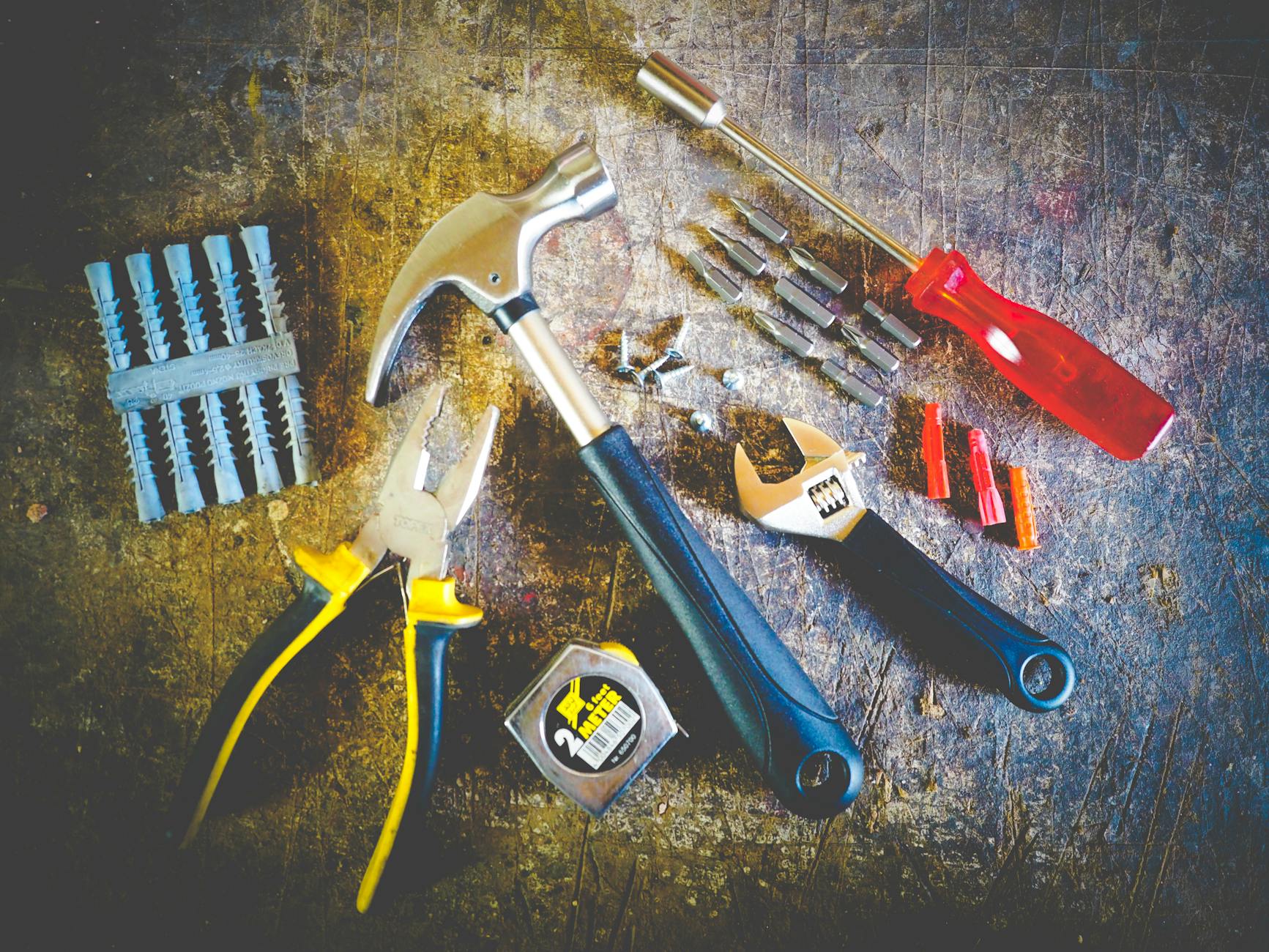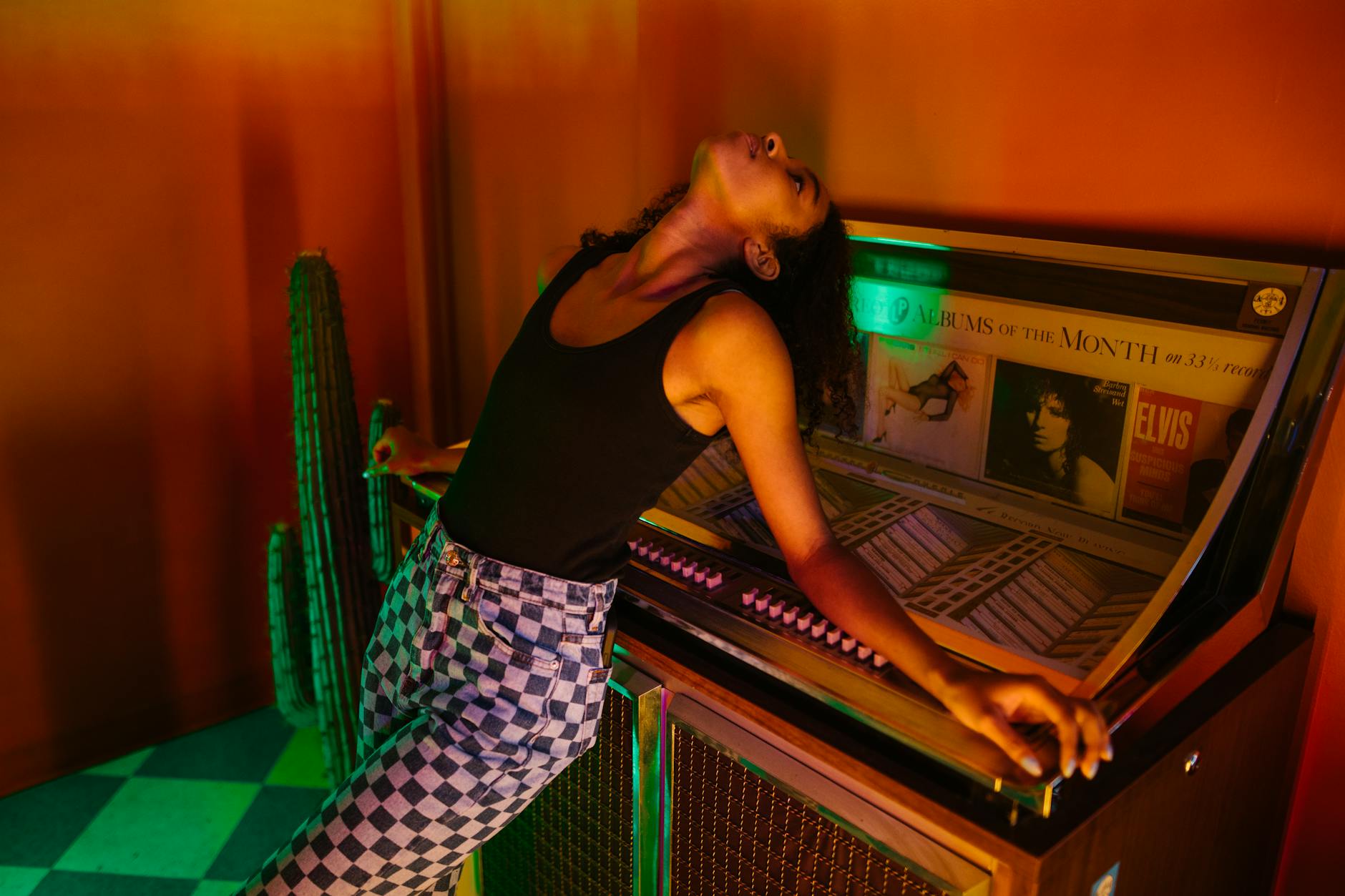The Truth About Rock-Ola Jukeboxes: Common Complaints and What Buyers Should Know
Rock-Ola jukeboxes have long been a favorite for fans of vintage charm and lively music. They blend classic style with modern tech, making them a popular choice for home and business entertainment. But like any product, they come with their share of problems.
Be sure to take a look at Pissed off Consumer .com and Trustpilot. Many customers and former dealers claim the company has SCAMMED them out of their hard earned money!
When looking to purchase a quality hand made jukebox from a reputable jukebox company visit the largest game room company in the USA!

Looking at the complaints and negative reviews helps paint a clearer picture of what to expect. Real user feedback often reveals issues that don’t show up in ads or specs. This post will take a straightforward look at what buyers have said, so you can make a smart choice.
Common Hardware Issues Reported by Users
When you buy a Rock-Ola jukebox, you expect it to deliver smooth music and last for years. However, many users have flagged certain hardware issues that seem to pop up repeatedly. These problems often disrupt the whole experience, making a once-fun machine a source of frustration. Let’s break down the most common hardware headaches users face.
Mechanical Failures and Jamming Problems
One of the top complaints involves the mechanical parts of the jukebox — especially the CD players and selection systems. Users often report that the CD mechanism jams or fails to read discs properly. This leaves your favorite tunes stuck in silence or mid-play.
Similarly, if your Rock-Ola model has a record player, it’s not uncommon for the needle arm to stick or skip, throwing off playback. The coin slots can also cause trouble, especially in commercial settings. Coins get jammed, causing the machine to reject payments or fail to register them correctly.
Selection buttons are another weak point. They may become unresponsive or stick after repeated use, making it tough to choose songs and interrupting the flow of the music.
Build Quality and Durability Concerns
Many users mention that certain parts of the jukebox feel less durable than expected. Complaints focus on the materials used—some report cheap plastics and thin metals that wear down faster than they should.
Wear and tear becomes visible early for some owners, with scratches, loose panels, or rattling parts popping up after a few months of use. The overall robustness of the jukebox gets questioned, especially when compared to older, heavier arcade-style jukeboxes that feel more solid.
It’s clear that while the Rock-Ola jukeboxes offer style, the construction may sometimes cut corners to meet price points, leading to concerns over long-term durability.
Audio Quality Issues
No jukebox is complete without good sound, but here, too, users have raised red flags. Some complain about poor speaker quality, reporting tinny or muddy sound that kills the vibe.
Distortion at higher volumes is a common sore point. Instead of crisp tunes, the audio gets warped, which is a letdown when you want to pump up the party. In certain cases, connectivity issues with external speakers or Bluetooth options also cause dropouts or weak output.
Altogether, these audio problems undercut the jukebox experience many expected, reminding buyers to test sound carefully before committing.

Photo by Dominik Gryzbon
Software and User Interface Complaints
Many users find the software and user interface of Rock-Ola jukeboxes frustrating at times. While the machines offer a mix of nostalgia and technology, the way you interact with the system often falls short. Problems with navigation, song selection, and software reliability crop up often in reviews. These issues can spoil the overall experience, turning what should be fun into a hassle.
Difficulties with Song Selection and Search Features
The heart of any jukebox is picking your music, but Rock-Ola users frequently call out clunky controls and search tools. Instead of a smooth tune hunt, many face complicated menus that seem more like a puzzle than a playlist. Common complaints include:
- Confusing navigation: Browsing through songs or categories takes too many steps or isn’t intuitive enough.
- Inaccurate listings: Song titles or artist names may be outdated, misspelled, or missing, making it tough to find what you want.
- Touchscreen and button issues: Some models have unresponsive or overly sensitive touchscreens, or buttons that stick or fail to register presses. This can feel like fighting with the jukebox instead of enjoying it.
These problems slow down song selection and kill the groove, especially when you just want to quickly pick a favorite tune.
Firmware Updates and Software Bugs
Regular software updates are supposed to improve devices. Yet, Rock-Ola users often report that firmware updates bring new headaches instead. These bugs can cause the jukebox to crash, freeze mid-play, or restart unexpectedly. And when issues appear, official software support may be slow or inconsistent.
Here’s what many users face after updates:
- Crashes and freezes interrupting playlists or locking the screen.
- Slow response times making the jukebox lag during song selection.
- Update failures that leave the machine stuck in a restart loop or unusable state.
- Lack of timely patches means some bugs linger for months before fixes arrive.
This software instability can turn a great jukebox session into a frustrating waiting game for tech fixes.

Photo by Tima Miroshnichenko
Customer Service and Support Challenges
No matter how much you love your Rock-Ola jukebox, dealing with customer service can become a headache that leaves a sore spot. Many users share stories about struggles when reaching out for help—whether it’s a simple question or a big repair issue. These troubles often add frustration to what should be a fun experience.
Response Time and Communication Issues
One common complaint revolves around slow response times. When something goes wrong, waiting days or even weeks for a reply feels like an eternity. Many users say that emails or phone calls get delayed or sometimes go unanswered. Imagine wanting to fix a broken machine but feeling like you’re talking into a void instead of getting solid help.
When customer service does respond, explanations often fall short. Instead of clear answers or step-by-step advice, many receive vague or overly technical replies that leave them more confused. Lack of straightforward communication makes customers feel they’re on their own and wastes valuable time.
Poor communication also shows in the way issues are handled. Some customers report having to explain the same problem multiple times or getting transferred to several representatives without resolution. It’s a common experience that drains patience and trust.
Warranty Limitations and Repair Costs
When your jukebox acts up, the warranty should be your safety net. But many users say Rock-Ola’s warranty terms feel tight and restrictive. Some report that certain essential parts aren’t covered, which forces them to pay for repairs out-of-pocket.
Repair costs can quickly add up. Parts like motors, needles, or electronic boards aren’t cheap, and finding replacements isn’t always easy. Several reviewers note that waiting for parts can drag on, keeping their jukebox out of action for weeks.
This lack of readily available replacement parts makes repairs frustrating and expensive. In some cases, the effort and cost involved lead owners to consider buying a new jukebox rather than fixing an old one. The feeling of limited support after purchase makes some buyers feel abandoned when problems arise.

Photo by iMin Technology
How Rock-Ola Stacks Up Against Competitor Jukebox Brands on Complaints
When you’re eyeing a jukebox, knowing how Rock-Ola’s issues compare to other big names like Wurlitzer or AMI helps set realistic expectations. Complaints about jukeboxes tend to cluster around a few core areas: mechanical reliability, audio quality, user interface, and customer support. Let’s break down where Rock-Ola stands compared to these competitors, based on what users report.
Quality and Reliability Benchmarks
Repeated mechanical problems with Rock-Ola, like CD jams and button malfunctions, might sound familiar if you’ve checked reviews of other brands. In fact, many users of Wurlitzer and AMI models report similar frustrations:
- Mechanical jams and part wear: Wurlitzer owners often mention the old moving parts wearing out, especially in vintage models. AMI, known for mixing classic and modern tech, also faces complaints about CD changers freezing or skipping.
- Material issues: Rock-Ola sometimes gets called out for thin plastic parts, but Wurlitzer’s vintage machines tend to have sturdier builds—at the cost of heavier weight and sometimes more complicated repairs.
- Audio struggles: While Rock-Ola users find the speakers tinny or distorted, AMI often receives higher marks for sound quality. Wurlitzer’s classic tube amplifiers attract audiophiles but can age poorly, causing different kinds of audio issues.
Across the board, jukeboxes share mechanical vulnerabilities simply due to their complex moving parts. Rock-Ola’s recurring issues aren’t outliers, but they do seem slightly more frequent than average in recent customer feedback.
Customer Satisfaction and Support Contrast
Customer service plays a huge role in how complaints feel in the long run. On this front, Rock-Ola’s reviews often reveal slow responses and patchy support that leave owners frustrated. When compared to Wurlitzer and AMI, the picture shifts:
- Wurlitzer: Vintage-focused, with fewer official support channels, users rely heavily on third-party experts and forums. This DIY culture means official customer service complaints are fewer but repairs can be costly and drawn out.
- AMI: Generally scores better on customer support thanks to more active communication and faster parts availability. They have stricter warranties and clearer policies, which helps reduce frustration during repairs.
- Rock-Ola: Comes across as less responsive and inconsistent. Many owners say it takes longer to get replacement parts or repair advice, which can stall fixes and sour the experience after purchase.
In short, Rock-Ola’s customer service problems appear more widespread and impactful than those reported for AMI, though Wurlitzer’s vintage status creates its own challenges that don’t fit neatly into modern customer service models.

Photo by Cleyton Ewerton
Understanding these comparisons helps you see that Rock-Ola’s complaints are part of broader patterns in jukebox ownership. They don’t stand alone, but they do signal areas where buyers might want to pay extra attention—especially if strong customer support is important to you.
Tips for Potential Buyers to Avoid Common Complaints
Buying a Rock-Ola jukebox can be a fun way to bring music and style into your space. However, the last thing you want is to end up stuck with frustrating issues others have faced. Taking some simple but important steps before and after you buy can save you time, money, and hassles down the road. Here’s how to spot potential problems early and keep your jukebox running smoothly.
Pre-Purchase Inspection and Questions to Ask
Before you commit to a Rock-Ola jukebox, a thorough checkup is key. Think of it like test-driving a car—you want to be sure everything works right and that you’re getting what’s promised.
Here are some important checks and questions to keep in mind:
- Inspect all mechanical parts: Look for any signs of wear in the CD player, record arm, coin slot, and buttons. Test that discs load and play without jamming.
- Ask about software updates: Check if the jukebox runs the latest firmware and if updates are easy to get. Inquire whether past updates caused bugs or crashes.
- Understand the warranty details: Get clear info on what parts and repairs the warranty covers, and how long it lasts. This helps avoid surprise expenses later.
- Review build quality: Check for sturdy materials and tight fitting panels. Avoid machines with loose parts or cheap plastic, which often break faster.
If possible, watch the jukebox run through a few song selections. Pay attention to sound quality and interface response. A little upfront effort can shield you from many common headaches.

Photo by energepic.com
Regular Maintenance Practices
Once your jukebox is home, caring for it regularly keeps trouble at bay. Think of maintenance as a health check—it prevents small glitches from becoming big problems.
Here are some simple routines to adopt:
- Clean mechanical parts often: Dust and grime can jam CD loaders and coin slots. Use soft brushes or compressed air to keep these areas clear.
- Lubricate moving components: A small amount of oil on hinges and joints helps avoid stiffness or sticking parts.
- Check software updates carefully: Before installing, read release notes or user feedback. Delay updates if bugs are reported, and back up settings if possible.
- Test buttons and touchscreen: Regularly tap through controls to spot any slow or unresponsive parts early.
- Inspect wiring and connections: Loose wires can cause audio and power problems. Make sure all plugs are secure without visible damage.
Following these maintenance habits can dramatically reduce common complaints like jams, crashes, and sound issues. It also helps your Rock-Ola jukebox stay enjoyable for years.
Keeping a jukebox happy is a bit like caring for a classic car—it needs attention but rewards you with lasting entertainment. With these tips, you’ll be ready to dodge many pitfalls that have frustrated others.
Conclusion
Rock-Ola jukeboxes come with clear strengths but also a set of common complaints that buyers should keep in mind. Mechanical hiccups, audio quality issues, tricky software, and slow customer support show up often in user feedback. Knowing these realities helps set fair expectations and avoid surprises.
Taking time to check the machine carefully before purchase makes a big difference. Balancing the jukebox’s nostalgic appeal with practical concerns will lead to a better experience overall. If you’re ready to own a Rock-Ola, make sure you weigh the pros and cons honestly.
Thanks for reading—your jukebox journey will go smoother when you stay informed and prepared. Feel free to share your own experiences or tips to help others decide wisely.


